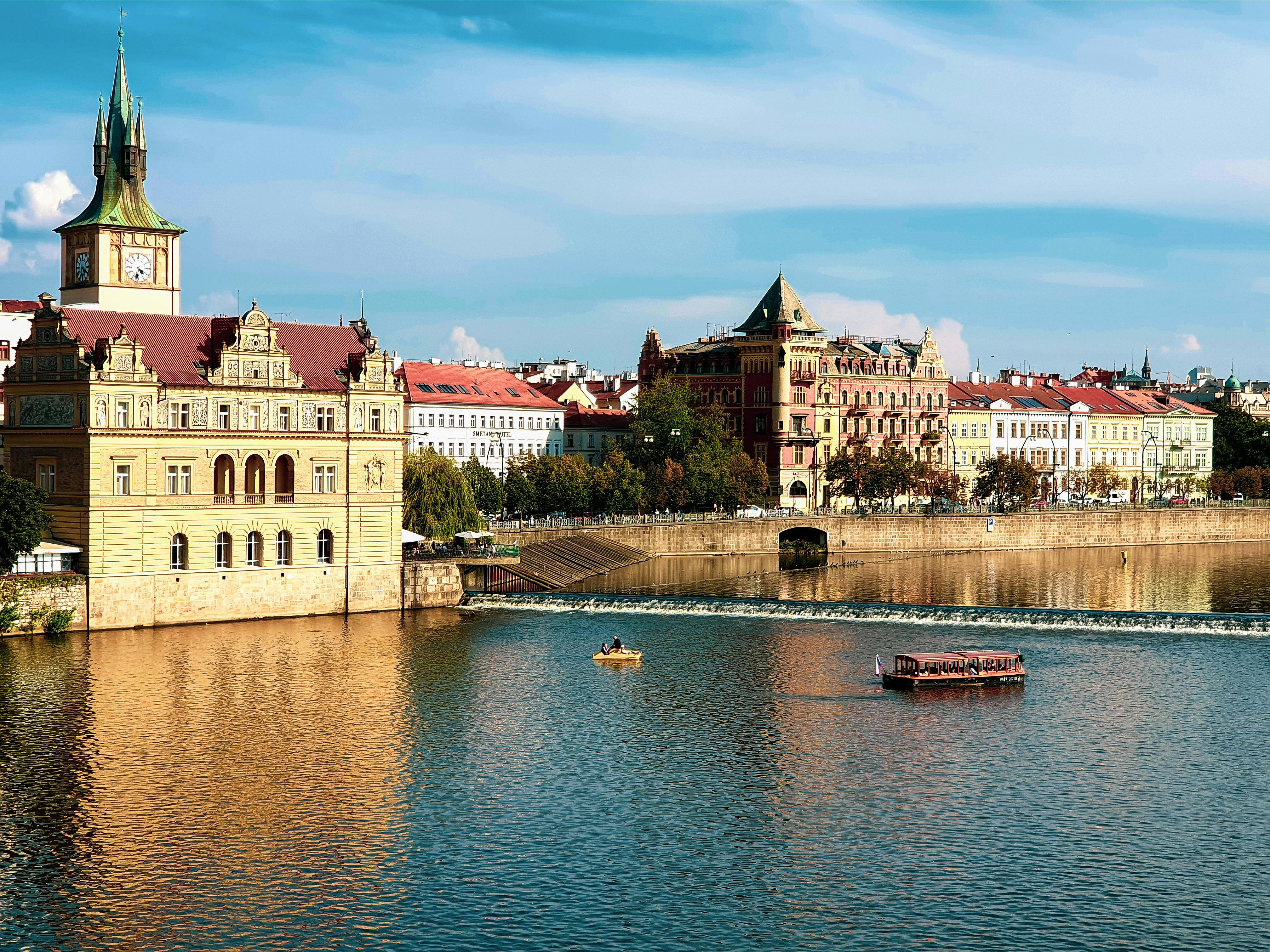
Revealing the Rich History of Las Vegas: Discovering Its Iconic Architectural Landmarks
Revealing the Rich History of Las Vegas: Discovering Its Iconic Architectural Landmarks
The Beginnings of Las Vegas
Las Vegas is a city with a rich history. Located deep in the Mojave Desert, it was first established in 1905 as a railroad town. In its early days, its population was small and it was largely dependent on the nearby railroad for its livelihood. However, it was not long before Las Vegas became a hub of activity, thanks to the legalization of gambling in 1931. Before long, Las Vegas was transformed into a mecca for gamblers, and its population skyrocketed.
The Mob Era and the Rise of Modern Las Vegas
During the 1940s, Las Vegas became famous for being a playground for the rich and famous. It was during this time that the city's casinos and hotels began to take on a unique architectural style, characterized by neon signs and flashing lights. This style was made famous by the likes of Bugsy Siegel and Meyer Lansky, who were instrumental in bringing organized crime to Las Vegas.
The 1950s and 60s marked the golden age of Las Vegas. It was during this time that the city's iconic hotels and casinos were built. The Flamingo, the Sands, the Riviera, and the Stardust were just a few of the many hotels that were constructed during this period. These hotels were designed to be extravagant and larger than life, with grand entrances and luxurious accommodations.
The New Las Vegas
In recent years, Las Vegas has undergone another transformation. No longer associated with the mob era, Las Vegas has become a family-friendly destination, catering to tourists from all over the world. Today, the city's architecture reflects this new identity. The hotels and casinos are bigger and more grandiose than ever before. However, the city has also managed to maintain its historic charm, with many of the iconic buildings from its early days still standing.
Some of the most iconic architectural landmarks in Las Vegas include the famous "Welcome to Fabulous Las Vegas" sign, which was built in 1959, and has become an iconic symbol of the city. Other notable landmarks include the Stratosphere Tower, which stands at 1,149 feet tall and is the tallest freestanding observation tower in the country. The Luxor Hotel and Casino, which is modeled after an ancient Egyptian pyramid, is another popular tourist destination.
In Conclusion
Las Vegas is a city with a rich and unique history. From its beginnings as a small railroad town to its current status as an iconic tourist destination, Las Vegas has undergone many transformations over the years. Its architecture, with its neon signs and luxurious hotels, has become a symbol of the city's vibrant energy and vibrant culture. However, despite all its changes, Las Vegas has managed to maintain its historic charm and is a must-see destination for anyone interested in architecture and design.
